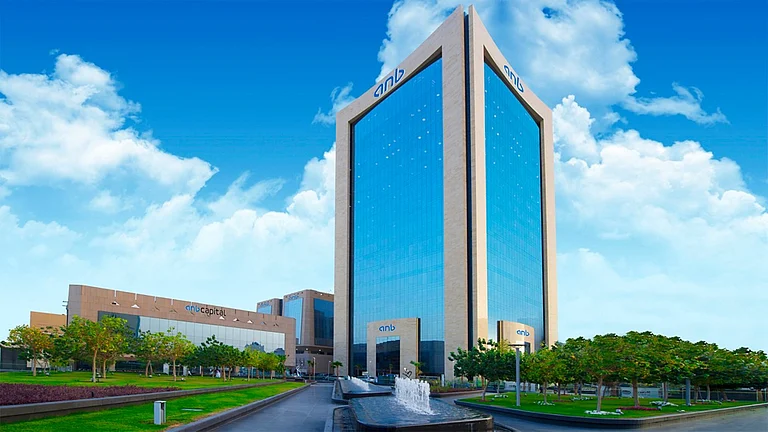After a little more than two decades, the 50-share Nifty has finally crossed the milestone of 10,000 points. It took the benchmark index 5,307 sessions, since its launch in 1996, to break this psychological barrier.
Driven by liquidity on expectations of an economic resurgence, the distance between 9,000 and 10,000 came in just a span of 93 sessions or four months. While it may appear that the 1,000-point sprint came in fast and furious, it’s interesting to note it was only the third-fastest 1,000-point rally in the index’s history, if one were to consider the number of sessions. The fastest 1,000-point rally came in 2007 when the market covered 5,000 to 6,000 in just two months or 53 trading sessions. The exhilarating pace of that rally was, however, followed by a screeching halt caused by the 2008 financial crisis.
From highs of 6,000 points, the bears took the Nifty all the way down to 2,524 points. It took a while before Nifty found its legs. The distance from 6,000 points to 7,000 points was 1,530 sessions-long and it took six years and five months. This period was the second-slowest 1,000 point gain on the index. The slowest came in 2004 after the index took eight years and seven months to close above the 2,000 mark.
The second-fastest 1,000-point-rally came on the back of the run-up to general elections and the subsequent resounding victory of Narendra Modi. It took just four months or 78 sessions for the index to move from 7,000 to 8,000. However, after the initial euphoria fizzled out, it was a long drag for the Nifty. Though the Modi-led government was given a strong mandate, the economy was still to show signs of recovery and that disappointed the market. It took nearly two years and six months (624 sessions) for the index to close above the 9,000-mark. For a large part of this move, Nifty remained in a consolidation mode swinging in the range of 6,500-8,500. Only in the later days of the Modi government, did the market start warming up to the reform-oriented agenda of the government.
Though demonetisation came in as nasty surprise to the market, it shrugged off the blues and lapped up the government’s biggest economic reform: the introduction of the Goods and Services Tax (GST). Today, as market stands over the 10,000-mark, experts believe that even though the market may not be cheap, there is no reason to shy away from equities.
Sunil Singhania, CIO, Reliance AMC, believes that the country is in a structural phase as far as reforms are concerned. “The benefits of more tax compliance, less corruption, GST, Make in India are going to be structural in nature. These measures will have a long-lasting impact,” he says.
And what sectors would give legs to the next rally? Singhania says, “We are focusing on sectors that are more aligned to domestic markets. We like corporate banks as we feel the worst as far as NPAs is concerned is behind us. We are positive on the consumption theme pre-dominantly rural-focused space that includes tractors, agro-chemicals and some consumption items. We are also positive on cement. Tactically, we are also positive on metals due to closure of capacities in a lot of countries pre-dominantly China."
Despite the bullish views coming from the CIO of the country’s third-largest mutual fund house, Singhania strikes a note of caution: “There will be a correction, albeit a short-lived one”












 Just one email a week
Just one email a week